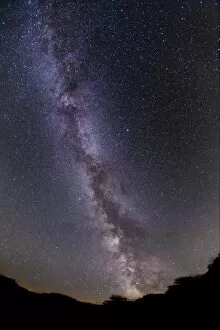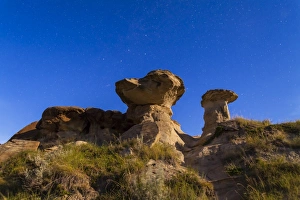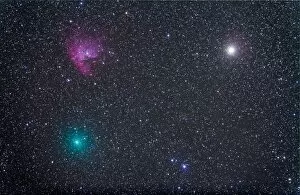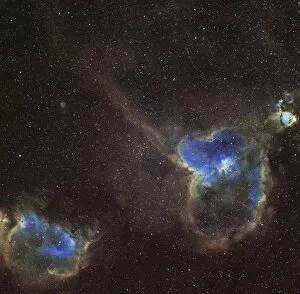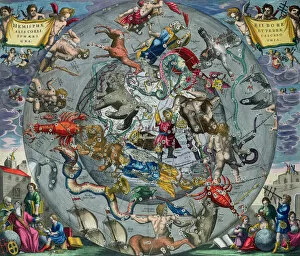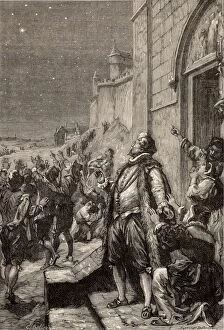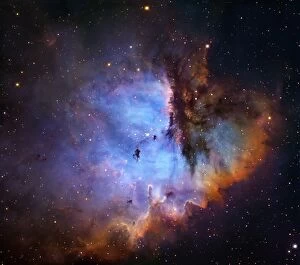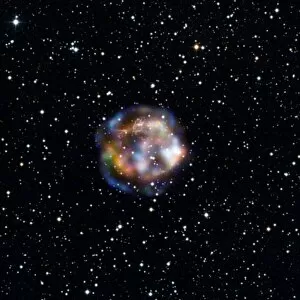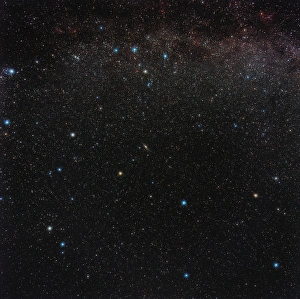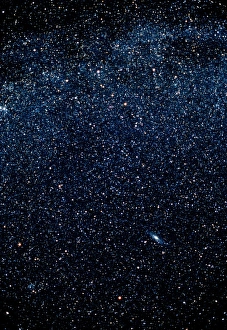Cassiopeia Collection (page 2)
"Cassiopeia: The Vain Queen of the Night Sky" In the vast expanse of the night sky, Cassiopeia stands out as a captivating constellation
All Professionally Made to Order for Quick Shipping
"Cassiopeia: The Vain Queen of the Night Sky" In the vast expanse of the night sky, Cassiopeia stands out as a captivating constellation. Represented as a vain queen in illustrations, she commands attention and admiration from stargazers around the world. But Cassiopeia's allure extends beyond her celestial form. From a Boeing 377-10-28 Stratocruiser named G-ALSD Cassiopeia soaring through the skies to NGC 457, an open star cluster nestled within her boundaries, she leaves her mark on both land and space. Even vintage aircraft like Short S23 Empire Flying Boat G-ADDY Cassiopeia pay homage to this majestic constellation. Its name echoes through history, connecting us with past eras when aviation was still in its infancy. Johann Bayer's celestial atlas Uranometria showcases the beauty in intricate engravings dating back to 1603. These depictions serve as timeless reminders of humanity's fascination with the stars and our desire to understand their mysteries. As we explore further into space, modern star maps guide us through constellations like Cassiopeia and Cepheus. Their intricate patterns remind us that even amidst vastness, there is order and beauty waiting to be discovered. Legends intertwine with this radiant queen too; tales speak of a beauty contest between Cassiopeia and the Nereids judged by Aion at Paphos' House of Aion. Her presence also graces colorful lithographs depicting Perseus rescuing Andromeda or sharing moments with Stephalia – immortalizing these mythical connections forever. And let us not forget her relationship with Polaris -the Pole Star - guiding sailors across treacherous waters for centuries. In chromolithographs capturing this bond, we witness how ancient civilizations relied on her steadfastness for navigation and safety.


